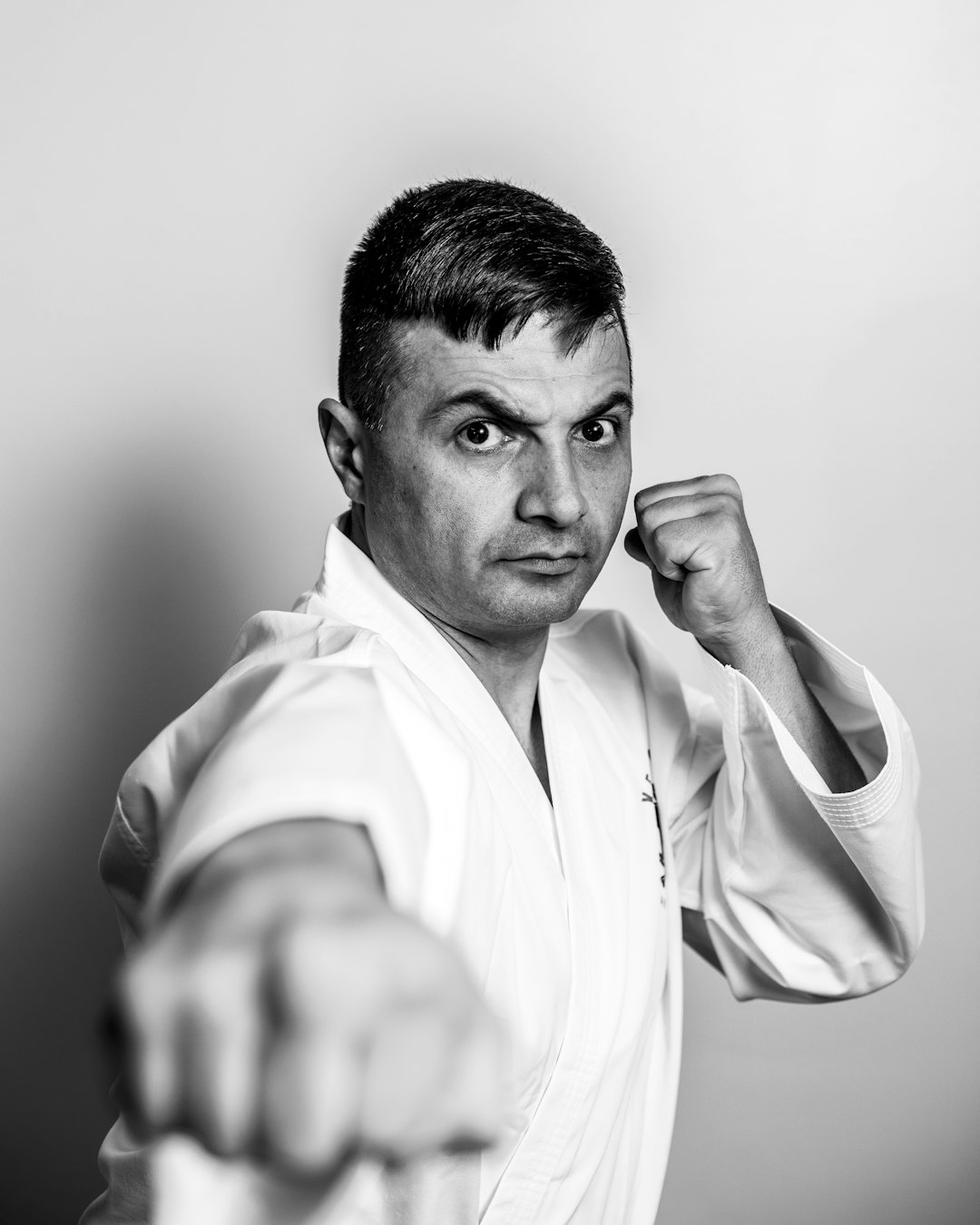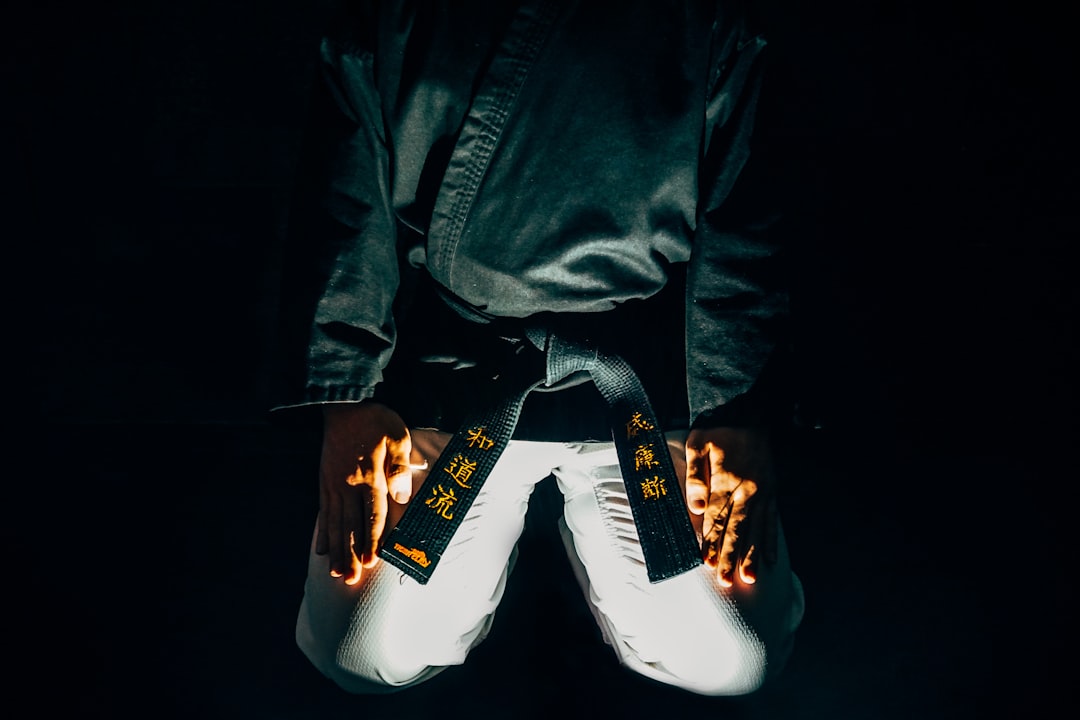The traditional karate outfit, known as a gi or keikogi, is central to the practice of karate, symbolizing discipline, respect, and the martial art's cultural heritage. This white cotton uniform, consisting of a jacket and pants with a drawstring waist, allows for full range of motion and serves as a constant visual reminder of karate's traditions. The gi, which is also referred to as a dogi in some contexts, is essential for both training and competition, reflecting the practitioner's commitment to maintaining the values and lineage of the martial art. The belt, or obi, attached to the gi signifies the wearer's rank and skill level within karate, emphasizing the importance of the keikogi as a universal symbol within the martial arts community. Recognizing the significance of the gi is key for anyone delving into karate, as it encapsulates both the respect for tradition and the integrity upheld in martial arts training.
exploration into the quintessential attire of martial artists, this article unravels the essence of the karate outfit. Known colloquially as the ‘karate gi,’ this garment is a cornerstone in the discipline’s tradition and practice. Delve into the origins and significance of this iconic uniform, as well as its transformation over time, from its ancient roots to its contemporary interpretation. Understanding the karate outfit name and its evolution offers insight into the respect and culture embedded within the art of karate itself.
Understanding the Traditional Karate Outfit: The Gi and Its Significance

When engaging in karate, practitioners don a traditional outfit known as a “gi” or “keikogi.” This garment is central to the practice, reflecting discipline and tradition. The gi consists of a jacket and pants, typically white in color, which allows for full range of motion during the various techniques performed in karate. The top, a jacket with long sleeves, fastens down the front with buttons or snaps, while the trousers are straight-legged and secured with a drawstring at the waist. The design of the gi facilitates both practicality and respect for the martial art’s origins. Is the karate outfit name indicative of its purpose and history? Absolutely; the gi is not merely a uniform but a symbol of humility, respect, and readiness to learn. It is a garment that every practitioner wears, signifying their commitment to the discipline and the lineage of karate. The term “gi” itself underscores its significance within the practice, reminding practitioners of the traditional values inherent in the martial art.

When delving into the world of martial arts, one term that frequently arises is “karate outfit.” But what exactly is the name of this traditional garb? The karate outfit, known as a “keikogi” or “dogi,” is the standard uniform worn by practitioners during training and competitions. This white cotton garment serves as a universal symbol of martial arts discipline and is essential for participants to ensure they are appropriately attired for practice, sparring, and kata performance. The keikogi typically features a simple design with a belt, or “obi,” around the waist, which denotes the wearer’s rank. Whether you are new to karate or an experienced martial artist, understanding the significance of the keikogi is key to embracing the traditions and respecting the practice.
In wrapping up our exploration of traditional garb in the practice of karate, it’s clear that the karate outfit, known as the Gi, is a symbol of respect and unity within the martial arts community. The Gi not only serves a practical function during training but also honors the rich heritage of the discipline. Whether you are a beginner or a seasoned practitioner, donning the Gi acknowledges the tradition and history that have shaped the art of karate. Understanding the significance of the karate outfit name is key to appreciating the depth of this martial art’s culture.
